Animalia

Common Fruit Fly
Drosophila melanogaster

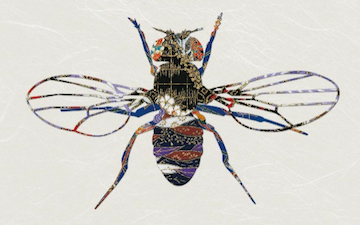
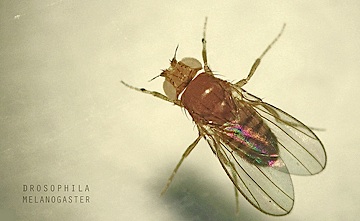
4 POINTS
Drosophila melanogaster has a MOVE of 2
Drosophila melanogaster’s wings can beat up to 220 times per second
Cool, Warm
Graphic by Yukiko Fujiwarawww.cdb.riken.go.jp/en/05_development/0506_piccard05.html
Photo by Aldo Merlowww.flickr.com/people/aldomerlo/
Drosophila melanogaster (Greek for dark-bellied dew lover : δρόσος = dew, φίλος = intimate friend, lover, μέλας = dark-coloured, γαστήρ = belly [2]) is a species of Diptera, or the order of flies, in the family Drosophilidae. The species is commonly known as the common fruit fly or vinegar fly. Starting from Charles W. Woodworth, […] read more

Common Nightingale
Luscinia megarhynchos


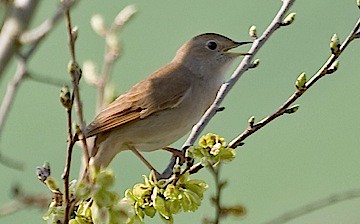
7 POINTS
• Luscinia megarhynchos has a FLIGHT of 2.
• Luscinia megarhynchos migrates to the tropics of northern and central Africa in winter.
Cool, Warm
Graphic by Mark Sosbemarksosbe.deviantart.com/
Photo by Yvanwww.flickr.com/people/29219686@N07/
The Nightingale (Luscinia megarhynchos), also known as Rufous and Common Nightingale, is a small passerine bird that was formerly classed as a member of the thrush family Turdidae, but is now more generally considered to be an Old World flycatcher, Muscicapidae. It belongs to a group of more terrestrial species, often called chats. Nightingales are […] read more

Carrion Crow
Corvus corone

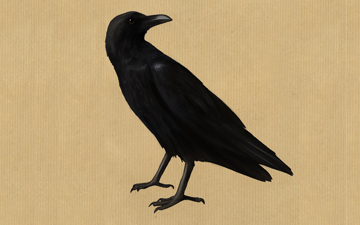
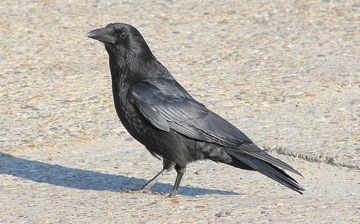
8 POINTS
• Corvus corone has a FLIGHT of 2.
• Corvus corone is among the most intelligent of all animals.
Cool, Warm
Graphic by Mark Sosbemarksosbe.deviantart.com/
Photo by Dan Davisonwww.flickr.com/people/dannyboymalinga/
The Carrion Crow (Corvus corone) is a member of the passerine order of birds and the crow family which is native to western Europe and eastern Asia. The plumage of Carrion Crow is black with a green or purple sheen, much greener than the gloss of the Rook. The bill, legs and feet are also […] read more

Copper Iguana
Prystidactylus casuhatiensis

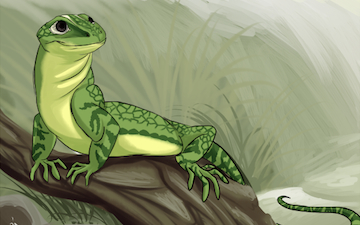
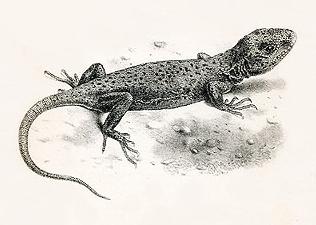
4 POINTS
• Prystidactylus casuhatiensis has a MOVE of 2.
• Prystidactylus casuhatiensis is endemic to Chile.
Warm
Graphic by Teh-Aguaráteh-aguara.deviantart.com/
Photo by Peter Smitwww.classicnatureprints.com/pr.PZS%20Fauna/pzs.gymnodactylus.horrida.html
Pristidactylus is a genus of lizards from Chile and Argentina. (From Wikipedia, 14 August 2011) read more

Yellow Tang
Zebrasoma flavescens

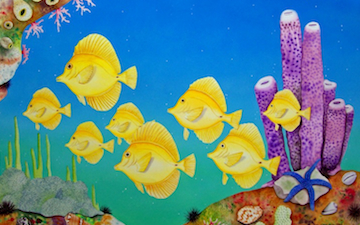
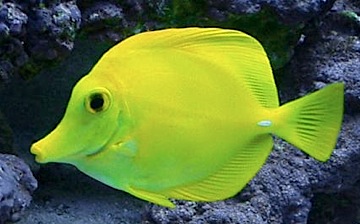
6 POINTS
• Zebrasoma flavescens has a MOVE of 2.
• Zebrasoma flavescens’s yellow colour brightens during the day and fades at night.
Warm
Graphic by Joel Carlsonzazzle.com/joeyartist
Photo by Luke Fritzwww.flickr.com/photos/lukiffer/
The yellow tang (Zebrasoma flavescens) is a saltwater fish species of the family Acanthuridae. It is one of the most popular aquarium fish. Yellow tang are in the surgeonfish family. Adult fish can grow to 20 centimetres (7.9 in) in length, and 1–2 centimetres (0.39–0.79 in) in thickness. Adult males tend to be larger than […] read more

White Stork
Ciconia ciconia

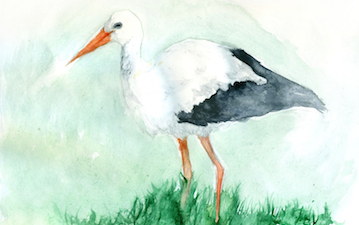
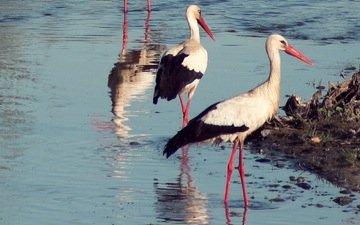
5 POINTS
• Ciconia ciconia has a FLIGHT of 2.
• Ciconia ciconia has few natural predators.
Cool, Warm, Hot
Graphic by Ines Laukkaneninessiivi.deviantart.com/
Photo by Ignacio Garcíawww.flickr.com/people/bichologo_errante/
The White Stork (Ciconia ciconia) is a large bird in the stork family Ciconiidae. Its plumage is mainly white, with black on its wings. Adults have long red legs and long pointed red beaks, and measure on average 100–115 cm (39–45 in) from beak tip to end of tail, with a 195–215 cm (77–85 in) […] read more